The best budget laptops: bargain laptops for photo editing & home working
Fast performance and beautiful screens needn't cost the earth, if you buy one of the best budget laptops
The best budget laptops perform somewhat of a magic trick; offering impressive performance for photo editing and home working while remaining affordable. Gone are the days when a tight budget meant settling for sluggish processors and unusable displays. Modern budget laptops pack surprisingly capable hardware, with many featuring decent multi-core processors, adequate RAM, and crisp displays that handle color-sensitive tasks well.
We've put our expert reviewers to work, and they've compiled this comprehensive list of the best budget laptops on the market today. While they might not match premium models in build quality or cutting-edge specs, these wallet-friendly options deliver remarkable value.
In the list below, you'll find our expert selection of the best cheap laptops available today. Or you could just skip ahead to our number one pick, the HP Pavilion 16, which can be had for around $600.

Ben is the Imaging Labs manager, responsible for all the testing on Digital Camera World and across the entire photography portfolio at Future. Whether he's in the lab testing the sharpness of new lenses, the resolution of the latest image sensors, the zoom range of monster bridge cameras or even the latest camera phones, Ben is our go-to guy for technical insight. He's also the team's man-at-arms when it comes to camera bags, filters, memory cards, and all manner of camera accessories – his lab is a bit like the Batcave of photography! With years of experience trialling and testing kit, he's a human encyclopedia of benchmarks when it comes to recommending the best buys.
The Quick List
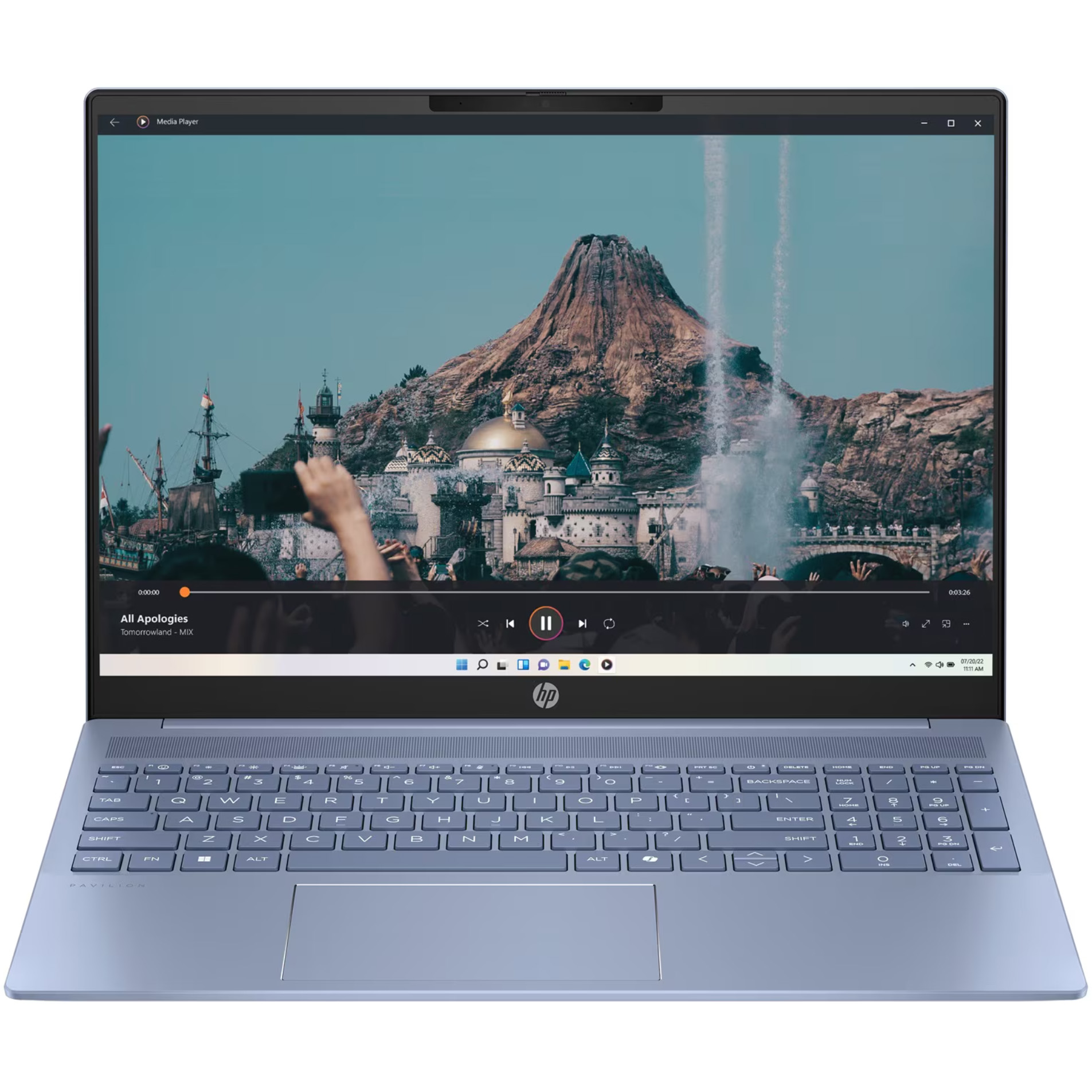
The Pavilion is the best budget laptop available today, offering a great combination of portability, performance, battery life and price.
Read more below
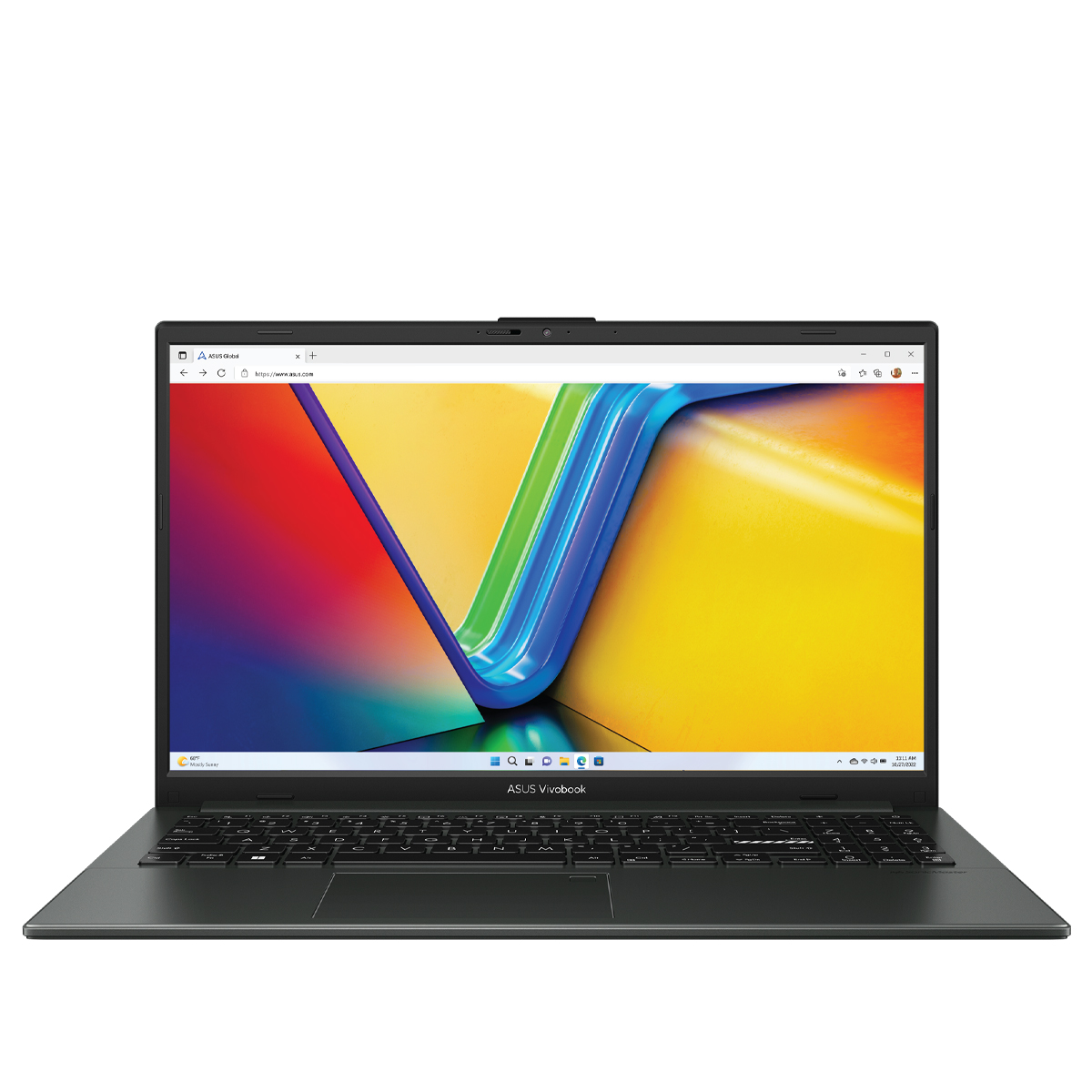
This laptop isn't just affordable, it comes with high-end OLED screen, which delivers a really bright image and superb color accuracy.
Read more below
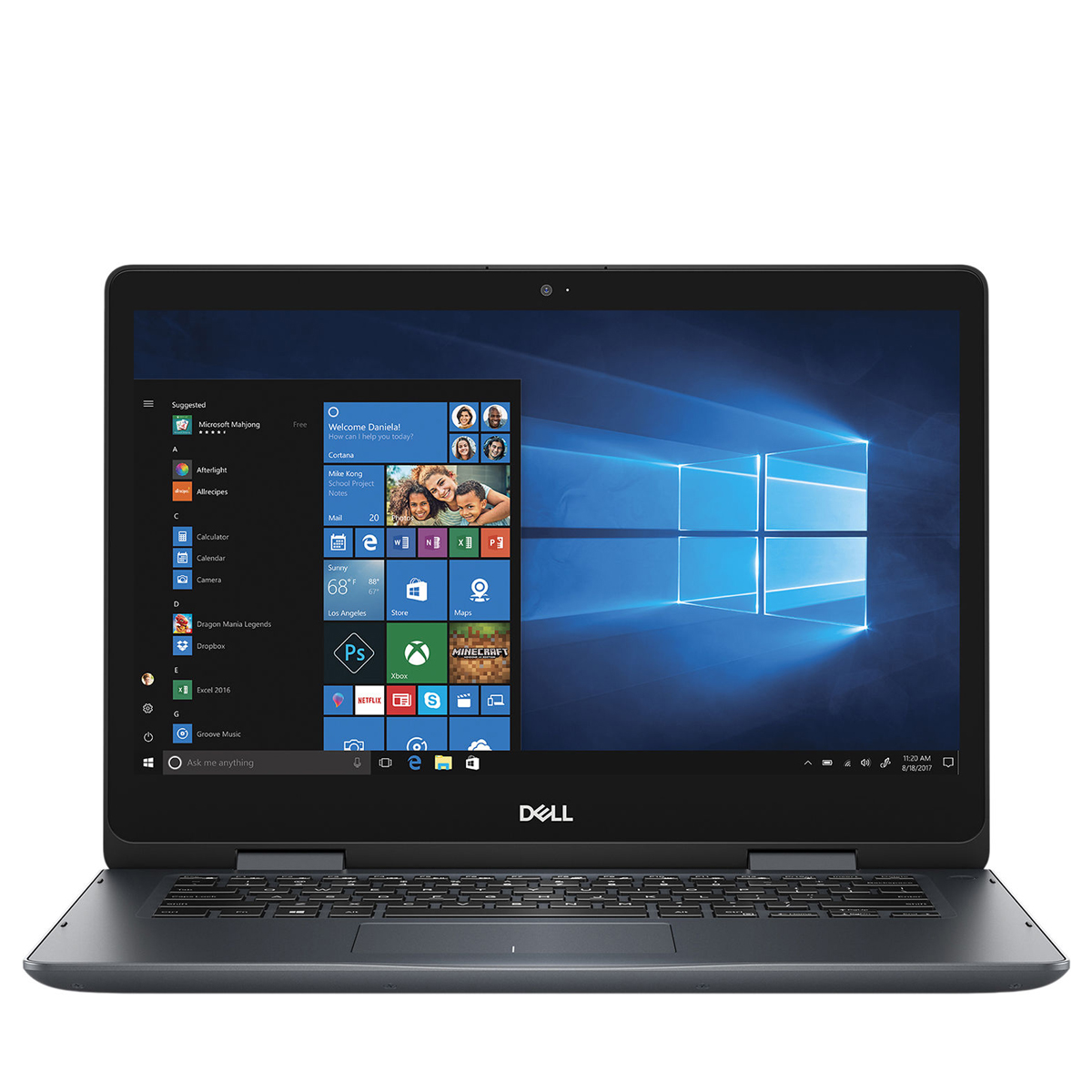
Open it up and it’s an efficient laptop; flip the screen around and down, and you’ve got a tablet computer with a touchscreen.
Read more below
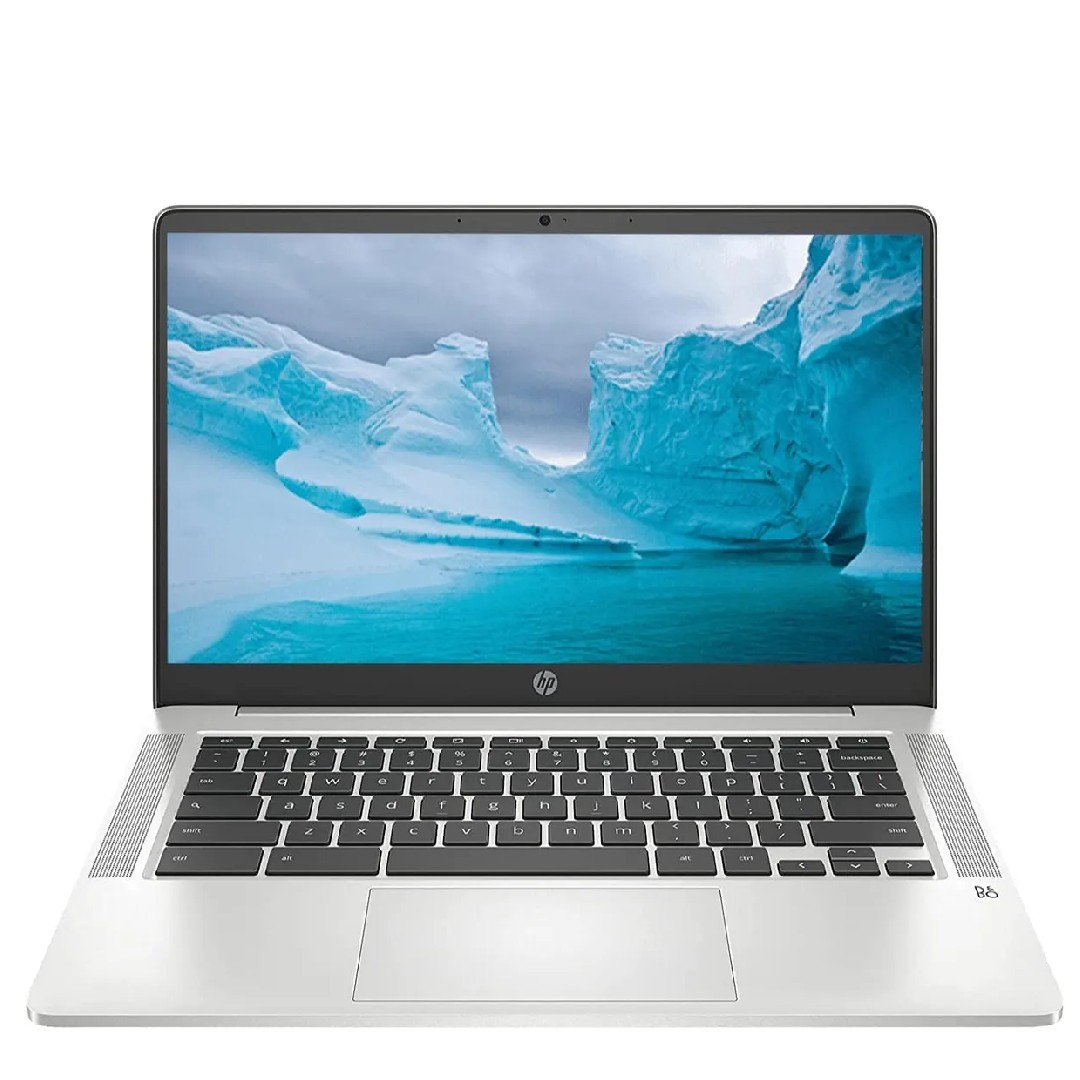
Chromebooks run ChromeOS rather than Windows, and that can make them very cheap. This one gives you loads of battery life too.
Read more below
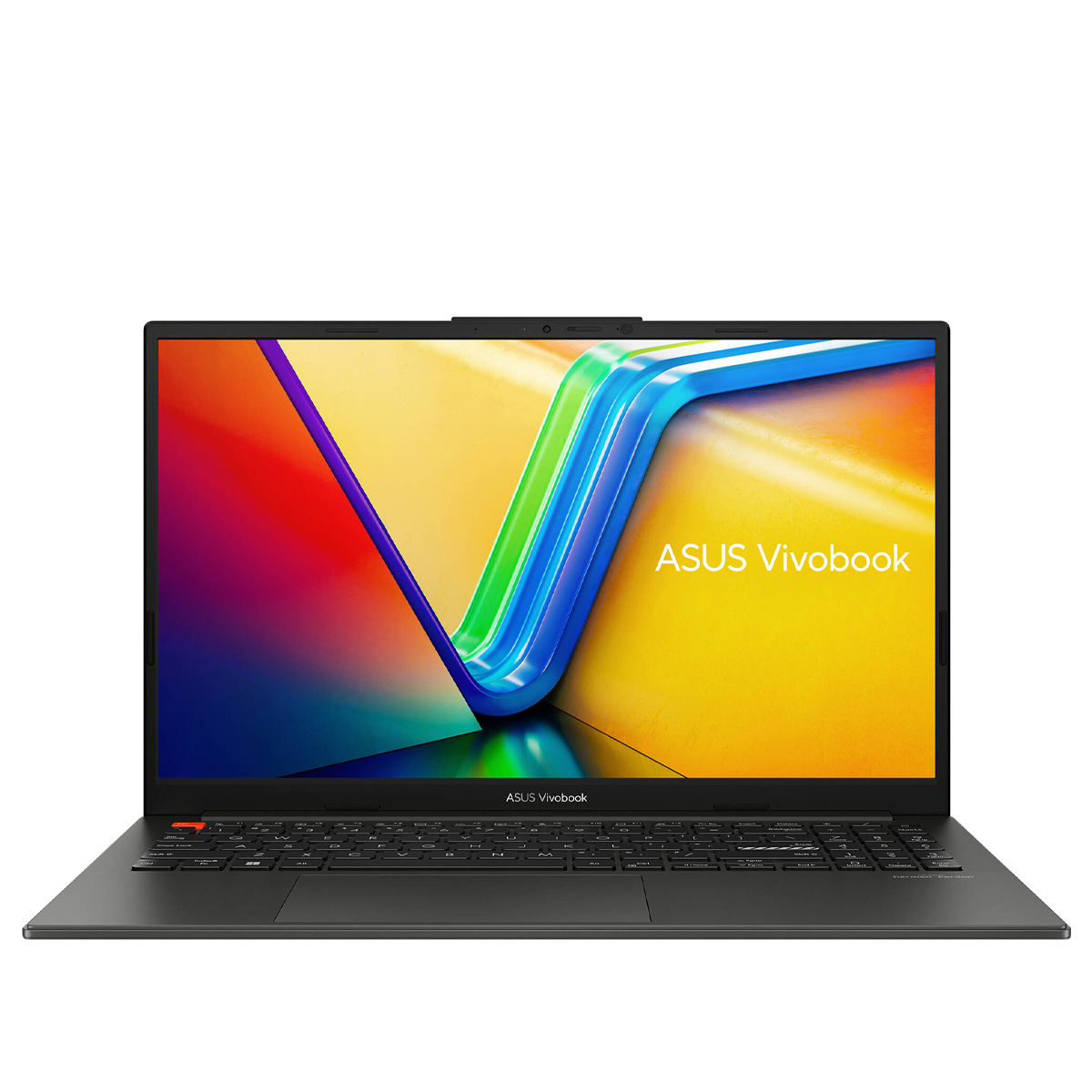
The S15 serves up a healthy amount of performance and good display for the price, but what we love most is its sleek aesthetic.
Read more below
Best budget laptops
Why you can trust Digital Camera World
Best budget laptop overall
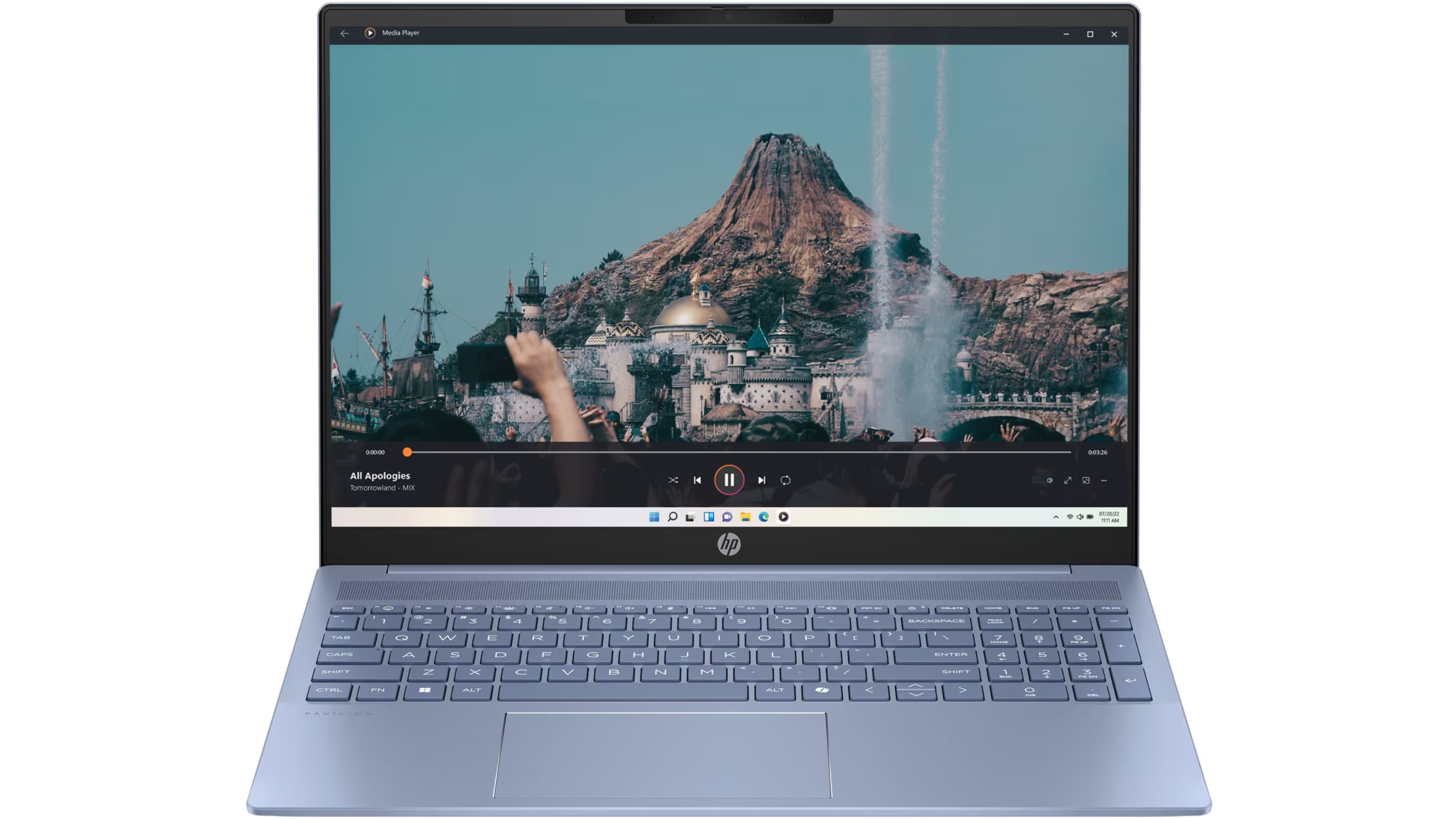
1. HP Pavilion 16
Specifications
Reasons to buy
Reasons to avoid
HP's Pavilion range is packed with budget-friendly, yet well-specced models that are great for a variety of tasks, including home-working. Various screen sizes are available. The 16-inch option is the largest, but a bigger screen area makes editing significantly more comfortable. You'll then need to choose the right processor and RAM configurations: but we recommend the AMD Ryzen 5 / Intel Core Ultra 5-based machines, as these offer the best balance of power at a reasonable price. HP offers faster options, but the price will then rise way above what we'd class as a budget laptop
8GB of RAM is the minimum available for the current Pavilion 16 range, and this is good enough for light photo editing. If you need to edit bigger images, 16GB is a safer bet, while 32GB can be specced with some Pavilion 16 versions, although this will tie you into a much pricier machine overall.
Connectivity is decent for the price point, with 2x USB-C, 2x USB-A and HDMI. The 16-inch screen can be specced in 1920 x 1200 or 2560 x 1600 resolutions, but both are IPS-based, so your photos will be displayed at their best.
Best budget laptop with OLED screen
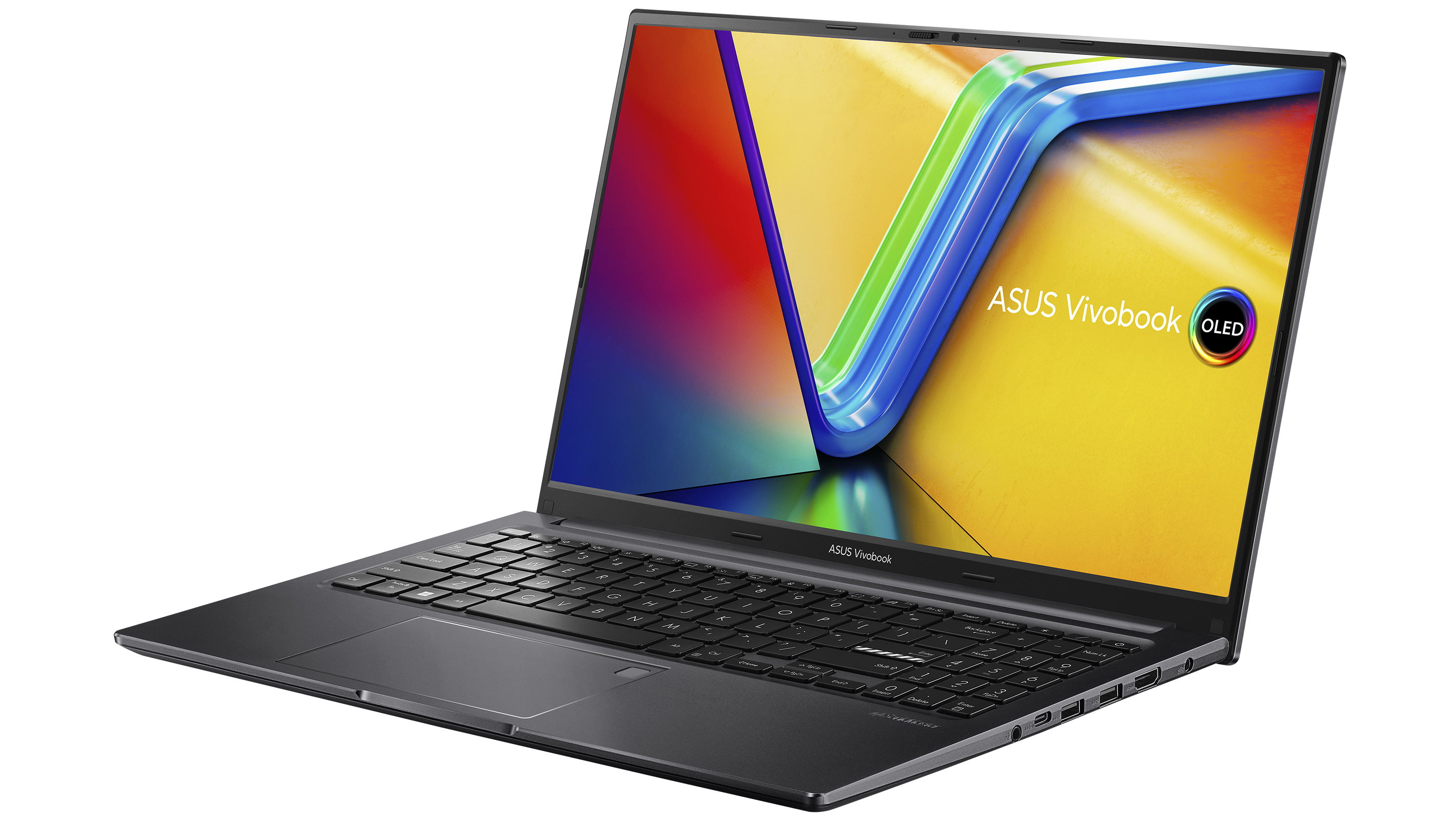
2. ASUS VivoBook 15 OLED
Specifications
Reasons to buy
Reasons to avoid
Here's something special: an affordable laptop, but one sporting a premium OLED screen. The 15.6" display in the VivoBook 15 OLED has a super-high 2880x1620 resolution and a commendable 600-nit max brightness, along with 100% DCI-P3 color support - that's simply amazing, and perfect for precise image or video editing.
A huge range of processor and RAM configurations are available, but we reckon an Intel Core i5 or AMD Ryzen 5 version is a good sweet spot for performance at an affordable price.
Go for an Intel offering and you'll also be treated to extras like super-fast Thunderbolt 4 connectivity - impressive stuff for a budget laptop.
Best budget 2-in-1 laptop
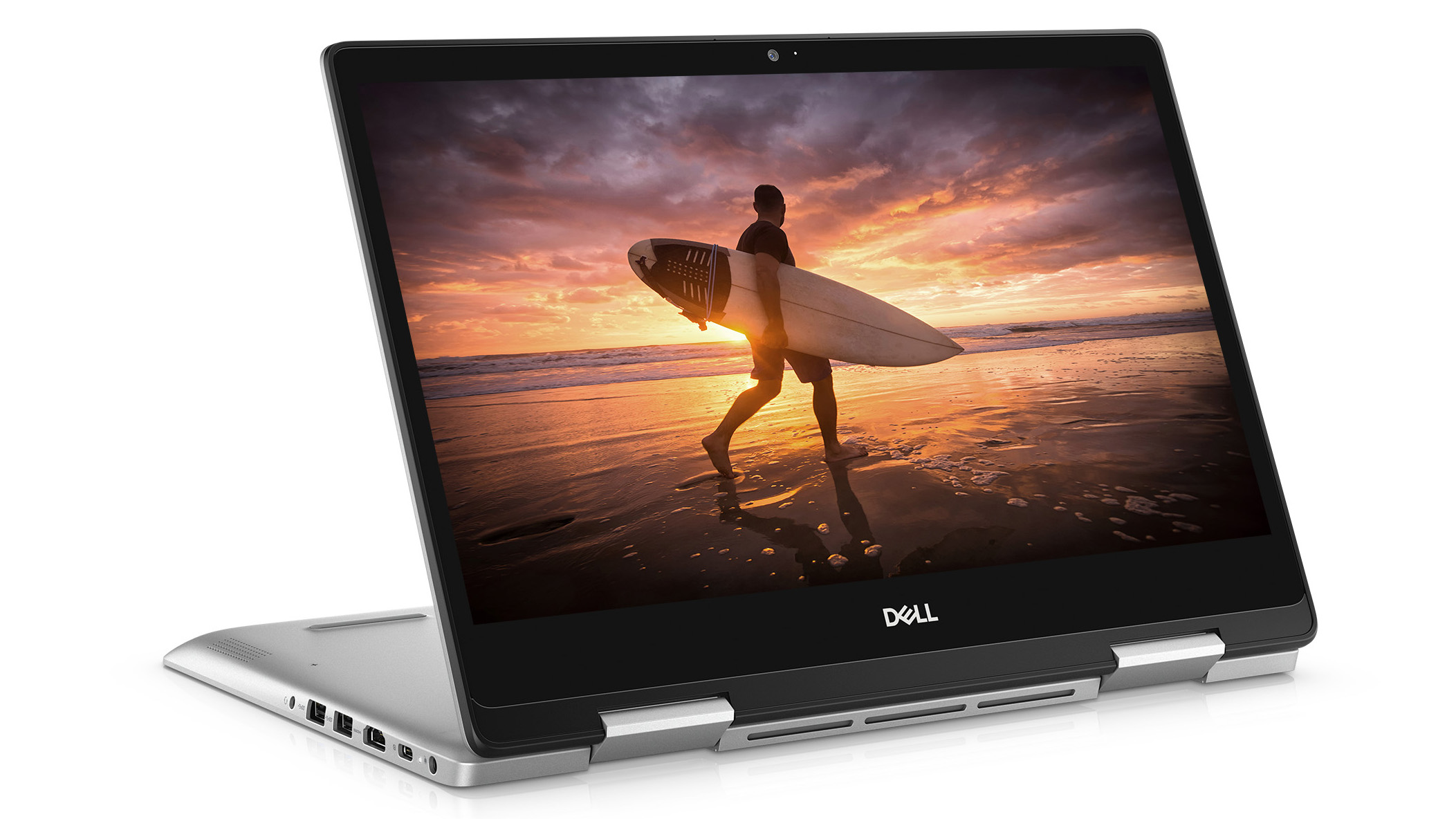
3. Dell Inspiron 14 5000 2-in-1
Specifications
Reasons to buy
Reasons to avoid
Fancy a laptop and tablet in one? The Inspiron 14 5000 2-in-1’s 14-inch Full HD screen can flip round and pivot so that it rests on the back of the machine, creating a decent, if somewhat thick, tablet computer.
The touch-sensitive screen means you can start drawing or painting with a stylus to edit your photos. The display is IPS-based, so it looks good as well. When you’re ready, just flip the screen back up and round, and you have a working laptop with keyboard at your disposal.
Under the hood is a potent Intel Core i5-10210U quad-core CPU: it’s clocked at 1.6GHz, but the machine’s boost mode enables it to reach up to 4.2GHz. Add 8GB of RAM and a 512GB SSD, and the performance specs are not too shabby at all.
If there’s a penalty to choosing this machine, it’s the relatively compact 14-inch screen, which is fine for working on text documents but somewhat cramped if you’re editing images. But if you prioritize portability and versatility, the compromise may be worth it.
Best Chromebook
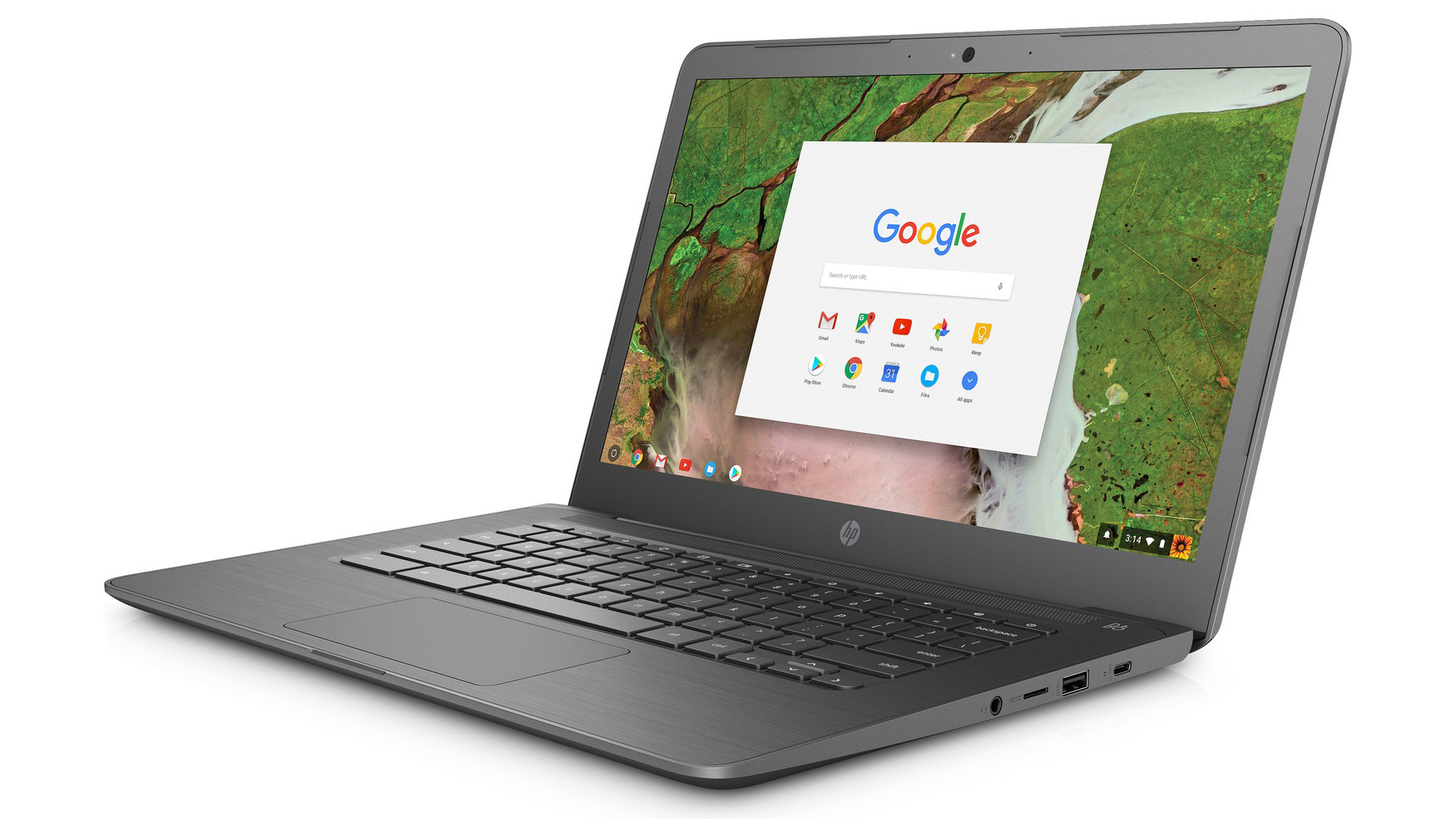
4. HP Chromebook 14
Specifications
Reasons to buy
Reasons to avoid
Rather than running Windows or macOS, this budget laptop uses the ChromeOS operating system, created by Google. Its aim is to offer a super-simple framework on which you can download and run from the Google Play Store, just you can with an Android phone or tablet. Available software includes Photoshop Express and Lightroom Mobile, plus Google's own Snapseed.
Despite its low price, the screen uses an IPS panel, so you can trust that viewing angles and contrast will be dependable. Make sure you get the Full HD configuration, though: yes, you can save money by choosing a poorer-quality screen, but we don’t think the saving is enough to justify the drop in quality.
The processor options plus 4GB of RAM and 32GB of storage all bring you to the conclusion that this is far more a machine for web browsing, YouTube watching and image viewing than a machine for regular image-editing; but the price and the impressive 11-hour battery life compensate, as long as you know what you’re getting into.
Best budget laptop for style
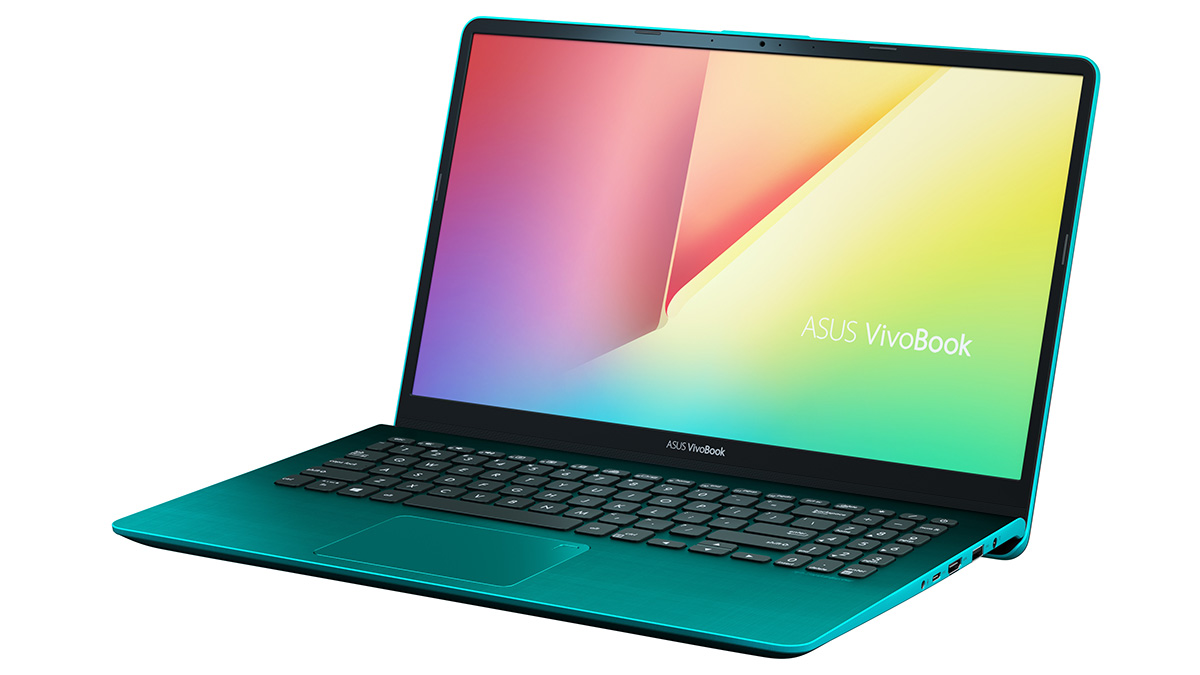
5. ASUS VivoBook S15
Specifications
Reasons to buy
Reasons to avoid
Asus's VivoBook range offers a lot of options, including sub-brands like the VivoBook Go, which can make choosing the best model for you rather confusing. Pay close attention to the specs, however, and you can end up with a 15.6-inch model that has a good-quality IPS screen in Full HD resolution, providing wide viewing angles and reliable contrast. You can find several VivoBook S15 configurations that can give you this option, but always check thoroughly before you commit to tapping the Buy button.
There are several processor options, as you’d expect, but we reckon the quad-core Intel Core i5 gives the best balance of price and performance. You’ll usually find that the S15 is specced with a respectable 8GB of RAM and a speedy but low-capacity 256GB SSD. It’s also quite easy on the eye.
FAQs
What specs should I look at when buying a cheap laptop?
It's great to get a cheap laptop, but you don't want it to be too underpowered as to be unusable. So there are number of specs that it's worth looking at.
Firstly, consider screen size. Laptops can be had in a range of screen sizes from around 11.6-inches up to 17-inches. The smaller sizes may be great for portability, but soon get tiresome when used for extended periods. We're assuming you're more likely to use your laptop mostly from home, where a 15-16" screen size makes the most sense and is commonly available.
Then there's screen quality. Laptop screens primarily use two types of LCD technology: TN, and IPS. TN is the cheaper variety and is characterized by restrictive contrast and viewing angles, requiring you to tilt the screen up or down to choose whether highlight or shadow detail in an image is visible - not great for viewing images, let alone editing them. IPS screen tech has no such issues and is a must if you want to do justice to your photos. Alternatively, there's OLED screen tech which has all the benefits of IPS, plus even better contrast and color vibrancy. Finally, there's screen resolution. At 15.6 inches, a Full HD (1920 x 1080) resolution is what you should look for, as anything less will leave you with a pixelated, low-resolution viewing experience that'll soon get uncomfortable.
Temporary storage, known as RAM, is vital. Consider 8GB at a minimum. Long-term storage is likely to come in the form of a conventional hard disk drive - not the fastest technology, but adequate on a budget, and it'll give you a healthy 1TB+ capacity. It is possible to get a faster SSD-based storage drive instead, but the capacity will be low - usually around 256GB.
When it comes to the central processor (the laptop's 'engine'), the minefield of processor model numbers from manufacturers Intel and AMD is all but undecipherable. But basically, anything with at least four cores should see you through reasonably intensive photo editing and work, and the faster the Gigahertz (GHz) rating, the better.
How to choose the best budget laptop
When you’re looking for a laptop on a budget, we understand that it can be tempting to pick out the cheapest possible machine, but you might end up tripping yourself up in the long run. Even simply browsing the web can consume a lot of RAM (computer memory). In fact, with 15 Chrome tabs open and no other apps running, 31% of the 16GB of RAM on my own laptop has already been consumed. So we would recommend going for the best budget laptop that has at least 8GB of RAM.
For storage, we would recommend going for a laptop that features a 128GB SSD or greater: this should be enough for all of your apps (unless you're a dedicated gamer as well as a photographer, in which case a 256GB SSD should be the bare minimum). If you need extra storage in the future, you can easily pick up an external hard drive or portable SSD. This is a much more affordable option than configuring your new laptop with an equivalent amount of extra internal storage at the point of purchase.
How we test laptops
When reviewing a laptop, we assess its internal hardware features, build quality, ergonomics, performance in a variety of usage scenarios, value for money, and its overall suitability for its target buyer. Although we'll evaluate a laptop with a typical user in mind, we will also pay particular attention to the perspective of photo and video enthusiasts, with special focus given to screen quality and color space coverage. Where possible, a monitor calibrator will be used to measure a laptop's display performance to assess whether it matches a manufacturer's claims, and software benchmarks like GeekBench are used to measure a laptop's processor and graphics card capabilities.
Find out more about how we test and review on Digital Camera World
Get the Digital Camera World Newsletter
The best camera deals, reviews, product advice, and unmissable photography news, direct to your inbox!
Ben is the Imaging Labs manager, responsible for all the testing on Digital Camera World and across the entire photography portfolio at Future. Whether he's in the lab testing the sharpness of new lenses, the resolution of the latest image sensors, the zoom range of monster bridge cameras or even the latest camera phones, Ben is our go-to guy for technical insight. He's also the team's man-at-arms when it comes to camera bags, filters, memory cards, and all manner of camera accessories – his lab is a bit like the Batcave of photography! With years of experience trialling and testing kit, he's a human encyclopedia of benchmarks when it comes to recommending the best buys.
